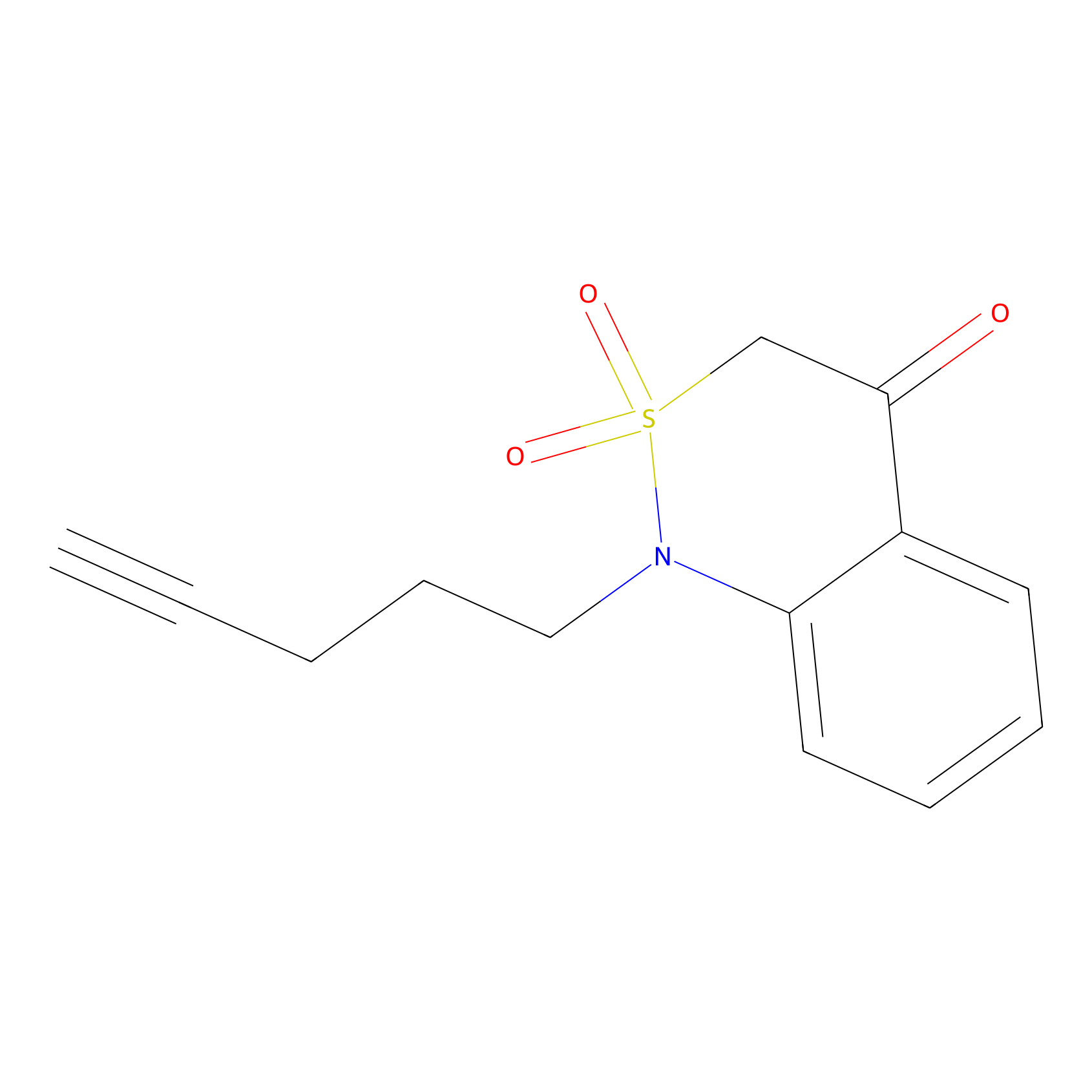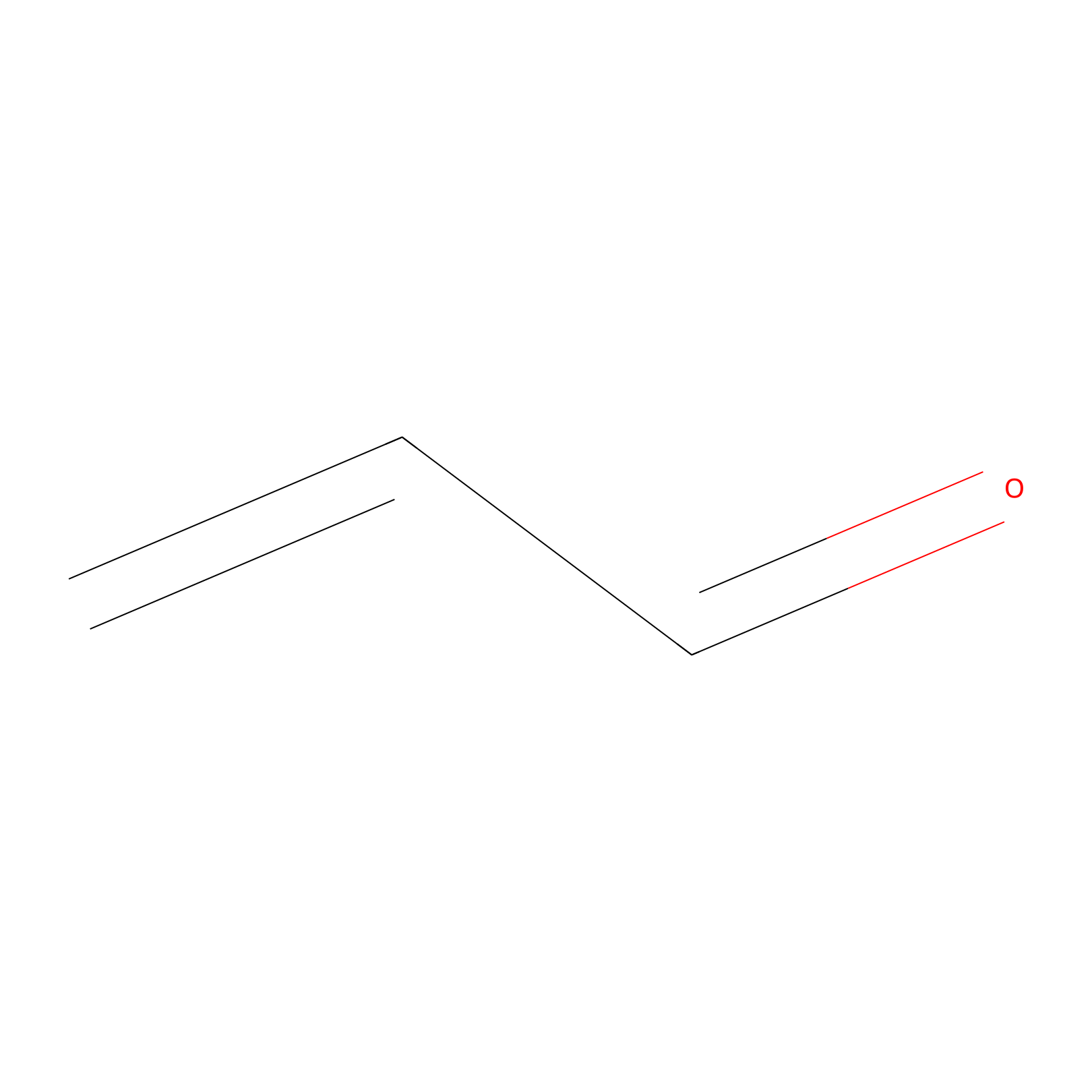Details of the Target
General Information of Target
| Target ID | LDTP00095 | |||||
|---|---|---|---|---|---|---|
| Target Name | Sphingosine-1-phosphate transporter MFSD2B (MFSD2B) | |||||
| Gene Name | MFSD2B | |||||
| Gene ID | 388931 | |||||
| Synonyms |
Sphingosine-1-phosphate transporter MFSD2B; Major facilitator superfamily domain-containing protein 2B; hMfsd2b |
|||||
| 3D Structure | ||||||
| Sequence |
MAAPPAPAAKGSPQPEPHAPEPGPGSAKRGREDSRAGRLSFCTKVCYGIGGVPNQIASSA
TAFYLQLFLLDIAQIPAAQVSLVLFGGKVSGAAADPVAGFFINRSQRTGSGRLMPWVLGC TPFIALAYFFLWFLPPFTSLRGLWYTTFYCLFQALATFFQVPYTALTMLLTPCPRERDSA TAYRMTVEMAGTLMGATVHGLIVSGAHRPHRCEATATPGPVTVSPNAAHLYCIAAAVVVV TYPVCISLLCLGVKERPDPSAPASGPGLSFLAGLSLTTRHPPYLKLVISFLFISAAVQVE QSYLVLFCTHASQLHDHVQGLVLTVLVSAVLSTPLWEWVLQRFGKKTSAFGIFAMVPFAI LLAAVPTAPVAYVVAFVSGVSIAVSLLLPWSMLPDVVDDFQLQHRHGPGLETIFYSSYVF FTKLSGACALGISTLSLEFSGYKAGVCKQAEEVVVTLKVLIGAVPTCMILAGLCILMVGS TPKTPSRDASSRLSLRRRTSYSLA |
|||||
| Target Bioclass |
Transporter and channel
|
|||||
| Family |
Major facilitator superfamily
|
|||||
| Subcellular location |
Cell membrane
|
|||||
| Function |
Lipid transporter that specifically mediates export of sphingosine-1-phosphate in red blood cells and platelets. Sphingosine-1-phosphate is a signaling sphingolipid and its export from red blood cells into in the plasma is required for red blood cell morphology. Sphingosine-1-phosphate export from platelets is required for platelet aggregation and thrombus formation. Mediates the export of different sphingosine-1-phosphate (S1P) species, including S1P(d18:0) (sphinganine 1-phosphate), S1P (d18:1) (sphing-4-enine 1-phosphate) and S1P (d18:2) (sphinga-4E,14Z-dienine-1-phosphate) (Probable). Release of sphingosine-1-phosphate is facilitated by a proton gradient. In contrast, cations, such as sodium, are not required to drive sphingosine-1-phosphate transport (Probable). In addition to export, also able to mediate S1P import. Does not transport lysophosphatidylcholine (LPC) (Probable).
|
|||||
| Uniprot ID | ||||||
| Ensemble ID | ||||||
| HGNC ID | ||||||
Probe(s) Labeling This Target
ABPP Probe
| Probe name | Structure | Binding Site(Ratio) | Interaction ID | Ref | |
|---|---|---|---|---|---|
|
BTD Probe Info |
 |
C42(2.48) | LDD2099 | [1] | |
|
Acrolein Probe Info |
 |
N.A. | LDD0217 | [2] | |
Competitor(s) Related to This Target
| Competitor ID | Name | Cell line | Binding Site(Ratio) | Interaction ID | Ref |
|---|---|---|---|---|---|
| LDCM0506 | Nucleophilic fragment 16a | MDA-MB-231 | C42(2.48) | LDD2099 | [1] |
| LDCM0514 | Nucleophilic fragment 20a | MDA-MB-231 | C42(2.75) | LDD2107 | [1] |
| LDCM0516 | Nucleophilic fragment 21a | MDA-MB-231 | C42(1.24) | LDD2109 | [1] |
| LDCM0526 | Nucleophilic fragment 26a | MDA-MB-231 | C42(3.41) | LDD2119 | [1] |
| LDCM0534 | Nucleophilic fragment 30a | MDA-MB-231 | C42(1.71) | LDD2127 | [1] |
| LDCM0543 | Nucleophilic fragment 38 | MDA-MB-231 | C42(2.70) | LDD2136 | [1] |
| LDCM0546 | Nucleophilic fragment 40 | MDA-MB-231 | C42(2.33) | LDD2140 | [1] |
| LDCM0550 | Nucleophilic fragment 5a | MDA-MB-231 | C42(4.37) | LDD2144 | [1] |
References
